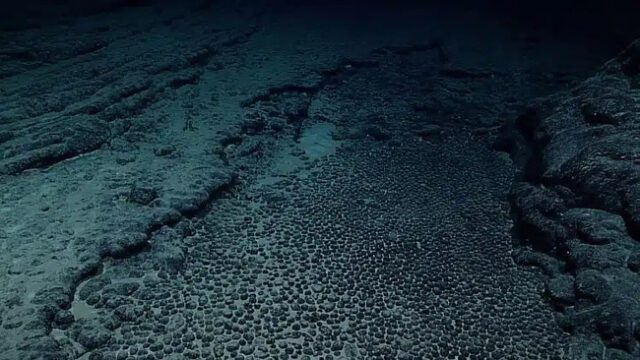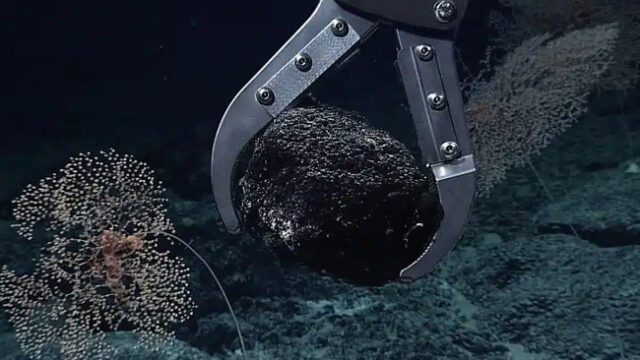
In the deep ocean, a fascinating phenomenon known as “dark oxygen” is reshaping our understanding of oxygen production. Unlike the familiar process of photosynthesis, where sunlight drives the creation of oxygen in plants, this new form of oxygen generation occurs in total darkness, deep on the sea floor. Recent research published in Nature Geoscience reveals that metal nodules scattered across the abyssal plains of the Pacific Ocean are splitting seawater into hydrogen and oxygen through a process akin to electrolysis. These nodules, composed of metals like iron, manganese, cobalt, and lithium, accumulate over millions of years on fragments of ocean debris. When researchers investigated these nodules, they found that they possess voltages comparable to household batteries, enabling them to generate sufficient electric currents to break down water molecules and release oxygen—what is now being termed “dark oxygen.”

The discovery of dark oxygen has profound implications, both scientifically and environmentally. It challenges the long-standing belief that marine photosynthesis was the exclusive source of oxygen in the ocean, revealing that significant oxygen production can also occur in lightless environments through electrochemical processes. However, this revelation has also sparked concerns about the environmental impact of deep-sea mining. Polymetallic nodules are highly sought after by mining companies due to their valuable metal content, but extracting them could devastate deep-sea ecosystems that remain largely unexplored. Marine biologists, including Professor Murray Roberts of the University of Edinburgh, have called for a halt to such activities, warning that mining could destroy ecosystems crucial for oxygen production. As scientists continue to explore these mysterious oceanic processes, the need for careful consideration of deep-sea mining’s potential consequences grows increasingly urgent.
















